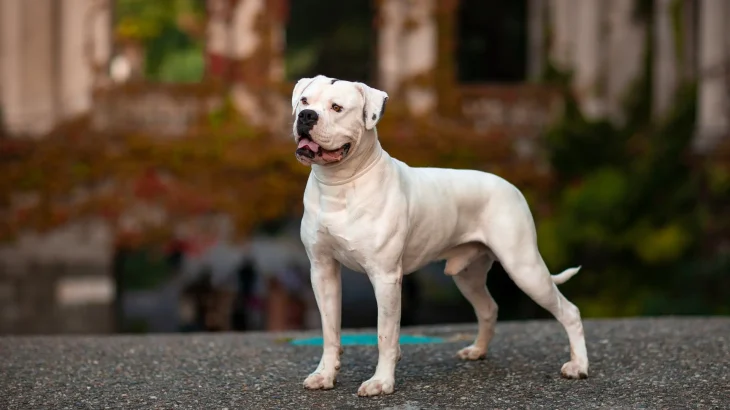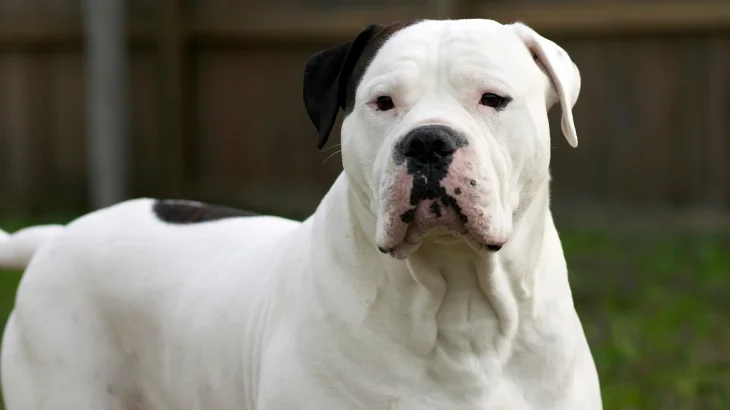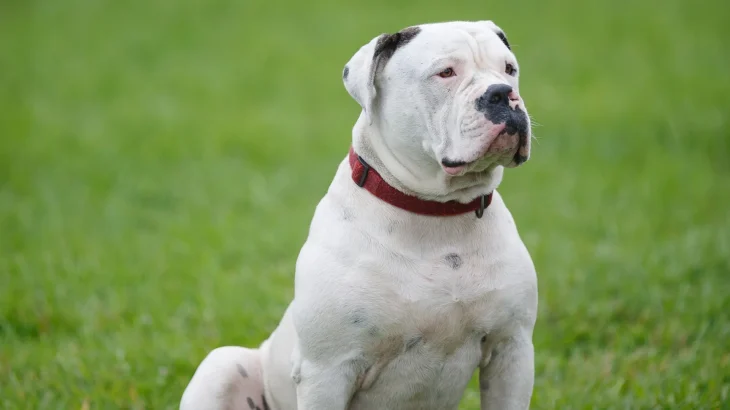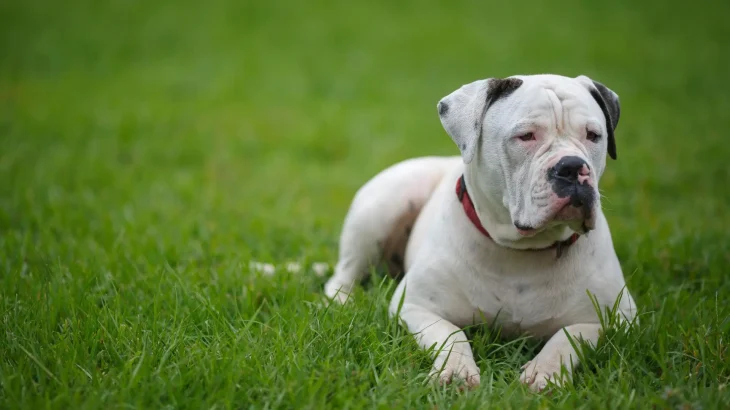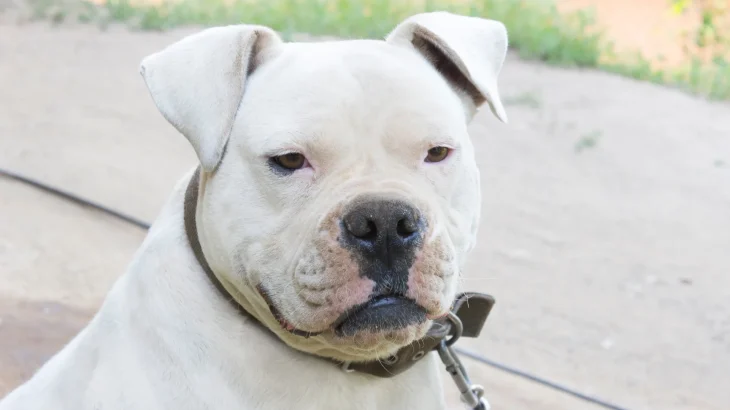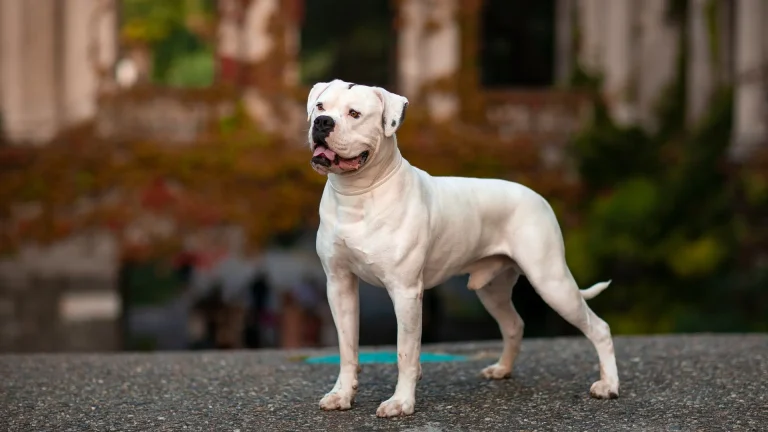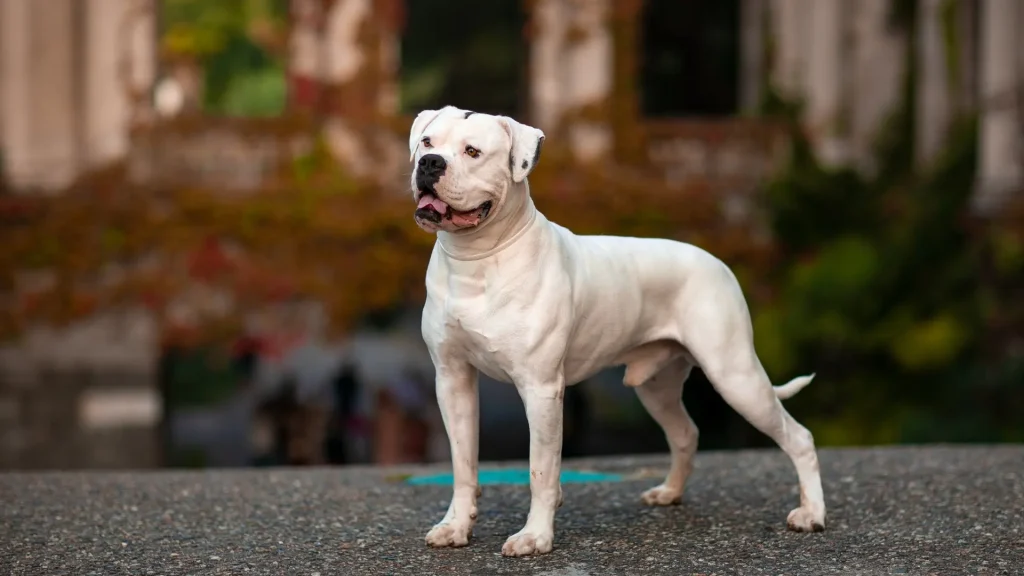Deciding between adopting or purchasing an American Bulldog puppy often comes down to factors like cost, health transparency, and support. Buying from a breeder usually offers detailed health and lineage insights, while adoption gives a chance to provide a home to a dog in need, often at a lower cost.
| Criteria | Buying from Breeder | Adopting from Shelter/Rescue |
|---|---|---|
| Cost | Generally higher, often $1,500 to $3,000 for a purebred puppy. | Lower fees, usually $100 to $350, often includes vaccinations and spay/neuter. |
| Health History | Comprehensive health records and genetic tests usually provided. | Health history may be limited, but basic screenings often done. |
| Age Availability | Mostly puppies, allowing early bonding. | Varied ages, including adults and seniors. |
| Temperament Insight | Breeders can share lineage and expected traits. | Shelter staff may provide observed behavior, but background can be unclear. |
| Supporting Practices | Supports responsible breeding if breeder is ethical. | Supports animal welfare by rescuing and reducing overpopulation. |
| Return Policy & Support | Often includes health guarantees and breeder support. | Varies; some offer trial periods or adopter support. |

